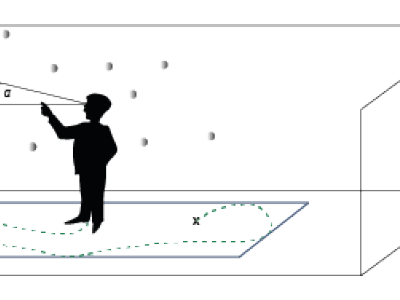Computational Intelligence

asd
- Categories:
 148 Views
148 Views
Characteristic impedance Result of Microstrip Transmission lines with 3D EM simulation tool
These data had been donated by Peyman Mahouti in 2019.
Donators note:
Please cite the following paper if you use this data set:
[1] Mahouti P, Gunes F, Belen MA, Demirel S. Symbolic Regression for Derivation of an Accurate Analytical Formulation Using Big Data : An Application Example. ACES JOURNAL 2017; 32(5): 574-591.
- Categories:
 315 Views
315 Views
Dataset Ⅰ:To obtain the prices of parts from the manufacturing characteristics and other manufacturing processes, feature quantity expression is innovatively applied. By identifying manufacturing features and calculating the feature quantities, the feature quantities are described in the form of assignments as data. To obtain the prices of parts intelligently, the most widely used and mature deep-learning method is adopted to realize the accurate quotation of parts.
- Categories:
 227 Views
227 Views
This dataset used in the experiment of paper "Bus Ridesharing Scheduling Problem". This is a real-world bus ridesharing scheduling problem of Chengdu city in China, which includes 10 depots, 2,000 trips.
- Categories:
 371 Views
371 Views
This is the dataset used in the experiment of paper "Bus Pooling: A Large-Scale Bus Ridesharing Service". The dataset contains 60,822,634 trajectory data from 11,922 Shanghai taxis from one day (Apr 1, 2018). The 100 groups of coordinate sets containing three coordinates as experimental samples are used to compare the effectiveness and efficiency of location-allocation algorithms.
- Categories:
 828 Views
828 ViewsBitcoin is a decentralized digital currency that has gained significant attention and growth in recent years. Unlike traditional currencies, Bitcoin does not rely on a centralized authority to control the supply, distribution, and verification of the validity of transactions. Instead, Bitcoin relies on a peer-to- peer network of volunteers to distribute pending transactions and confirmed blocks, verify transactions, and to collectively implement a replicated ledger that everyone agrees on. This peer-to-peer (P2P) network is at the heart of Bitcoin and many other blockchain technologies.
- Categories:
 739 Views
739 ViewsThis paper presents a fast and open source extension based on the NSGA-II code stored in the repository of the Kanpur Genetic Algorithms Laboratory (KanGAL) and the adjustment of the selection operator. It slightly modifies existing well-established genetic algorithms for many-objective optimization called the NSGA-III, the adaptive NSGA-III (A-NSGA-III), and the efficient adaptive NSGA-III, (A$^2$-NSGA-III).
- Categories:
 2191 Views
2191 Views
A Hybrid Approach to Service Recommendation Based on Network Representation Learning
- Categories:
 120 Views
120 Views
A Hybrid Approach to Service Recommendation Based on Network Representation Learning
- Categories:
 82 Views
82 Views

